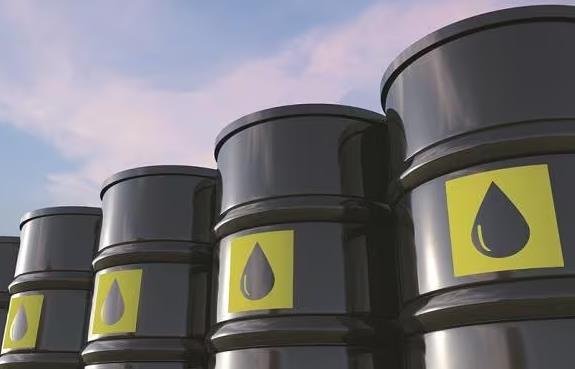Crude oil price tested the key resistance level of 80.65 USD per barrel on Friday, but failed to break above it, as the market remained cautious about the global economic outlook and the supply-demand balance. The price of Brent crude, the international benchmark, closed at 79.76 USD per barrel, down 0.2% from the previous day.
The price of crude oil has been fluctuating in a narrow range since the start of August, as the market weighed the impact of the Covid-19 pandemic, the Russia-Ukraine conflict, the OPEC+ production policy, and the energy transition on the oil demand and supply. According to the International Energy Agency (IEA), global oil demand is set to slow markedly during the 2022-28 forecast period, as the energy transition advances. The IEA estimates that global oil demand reaches 105.7 million barrels per day (mb/d) in 2028, up 5.9 mb/d compared with 2022 levels.

However, the IEA also warns that there are a number of risks to its forecasts that could affect market balances over the medium term. Uncertain global economic conditions, the direction of OPEC+ decisions and Beijing’s refining industry policy will play a crucial role in the balancing of crude oil and product markets.
OPEC+ maintains production cuts amid market volatility
One of the main factors that has supported oil prices in recent months is the OPEC+ group’s decision to maintain its production cuts until April 2024. The group, which includes OPEC members and other major oil producers such as Russia, agreed in July to increase its output by 400,000 barrels per day (bpd) each month until it restores 5.8 mb/d of production that was cut during the pandemic. However, the group also decided to extend its cooperation agreement until December 2024, giving it more flexibility to adjust its output in response to market conditions.
The OPEC+ group’s production policy has helped to keep the market in a deficit, as global oil demand recovered faster than supply in the first half of 2023. However, as demand growth slows down and non-OPEC+ supply increases, the market could face a surplus in the coming months. The IEA projects that global oil supply will grow by 6.3 mb/d between 2022 and 2028, outpacing demand growth by 0.4 mb/d. The IEA also expects that OPEC+ spare capacity will reach at least 3.8 mb/d by 2028, providing a buffer for any supply disruptions or demand shocks.
Energy transition accelerates amid security and environmental concerns
Another factor that has influenced oil prices in recent years is the growing momentum of the energy transition, driven by security and environmental concerns. The Russia-Ukraine conflict, which erupted in late 2022 and escalated in early 2023, sparked a surge in oil prices and brought security of supply issues to the fore. The conflict also prompted some countries to accelerate their deployment of clean energy technologies and diversify their energy sources.
At the same time, the global energy crisis also highlighted the need to address climate change and reduce greenhouse gas emissions from fossil fuels. The IEA estimates that oil consumption from combustible fossil fuels will peak at 81.6 mb/d in 2028, as more countries adopt policies to promote energy efficiency improvements and electric vehicle (EV) sales. The IEA also notes that oil demand for petrochemical feedstocks and air travel will continue to grow throughout the forecast period, but at a slower pace than before.
Oil prices face resistance as market outlook remains uncertain
The price of crude oil faces resistance at the 80.65 USD per barrel level, as the market remains uncertain about the future direction of demand and supply. The price could significantly tighten in the coming months if OPEC+ maintains its production cuts and geopolitical tensions persist. However, the outlook improves over the medium term, as upstream investments increase and spare capacity builds up. The energy transition also poses challenges and opportunities for oil producers and consumers, as they adapt to a changing market environment.
